Carrageenan paint
-
Categories :
How to
Production of moss paint
Moss distemper is a glue paint. It is primarily used for painting ceilings, due to its property as a "light" bound paint. This means that the binder; carrageenan is a weak one of its kind, as it can easily dissolve when exposed to water.
Irish moss is actually a variety of edible types of seaweed (carrageenan), which grows in many different places in the world, including in Denmark. However, most of what is traded here at home is imported from abroad. Carrageenan comes in dried form and it has a high density. It appears crisp and crunches between the fingers, just as you would expect from dried seaweed.
We have a couple of painting companies that sometimes need to use larger quantities of moss paint for restoration projects of, for example, listed properties. I decided to document the process.
I have made a short film that roughly describes the procedure when making a decoction of carrageenan. It is not exhaustive, but gives an insight into the process. However, I will make a more complete description with words as a supplement.
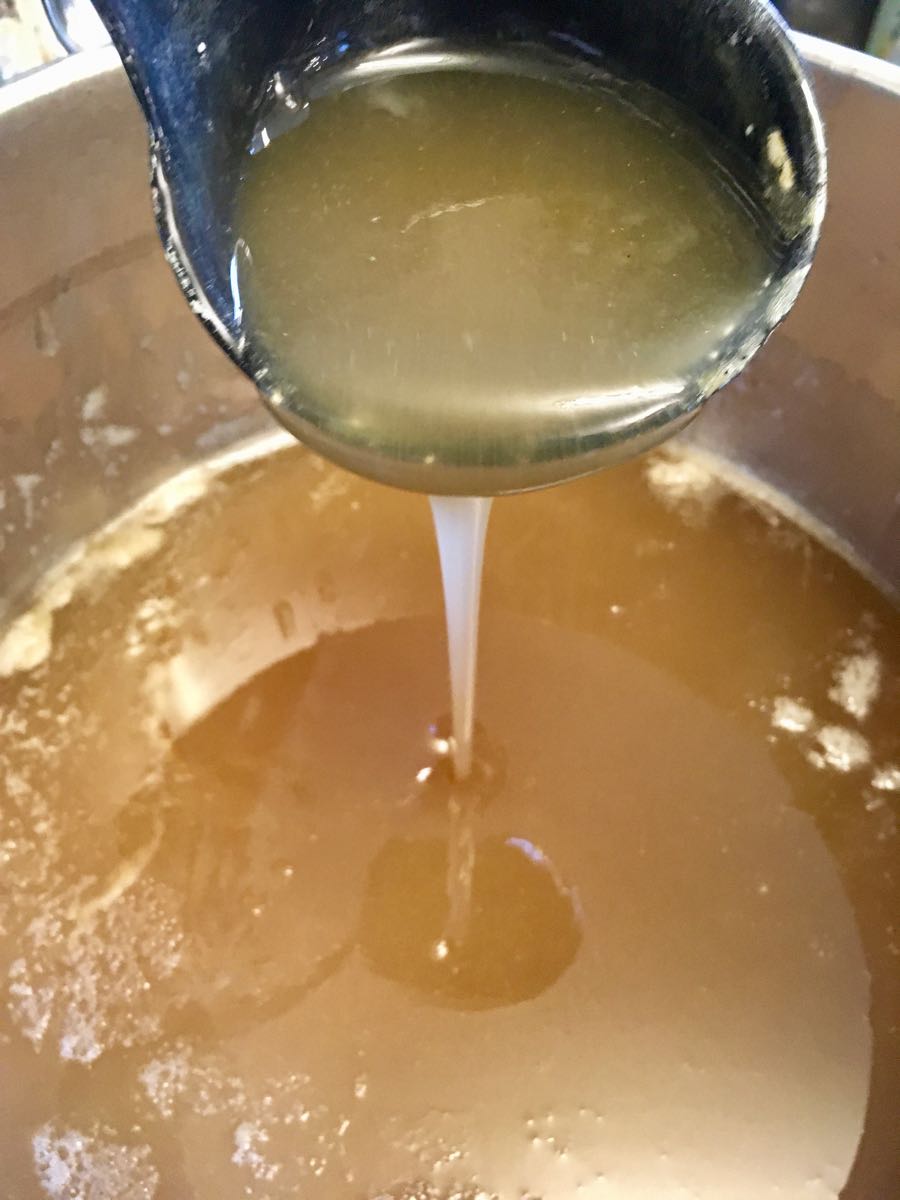
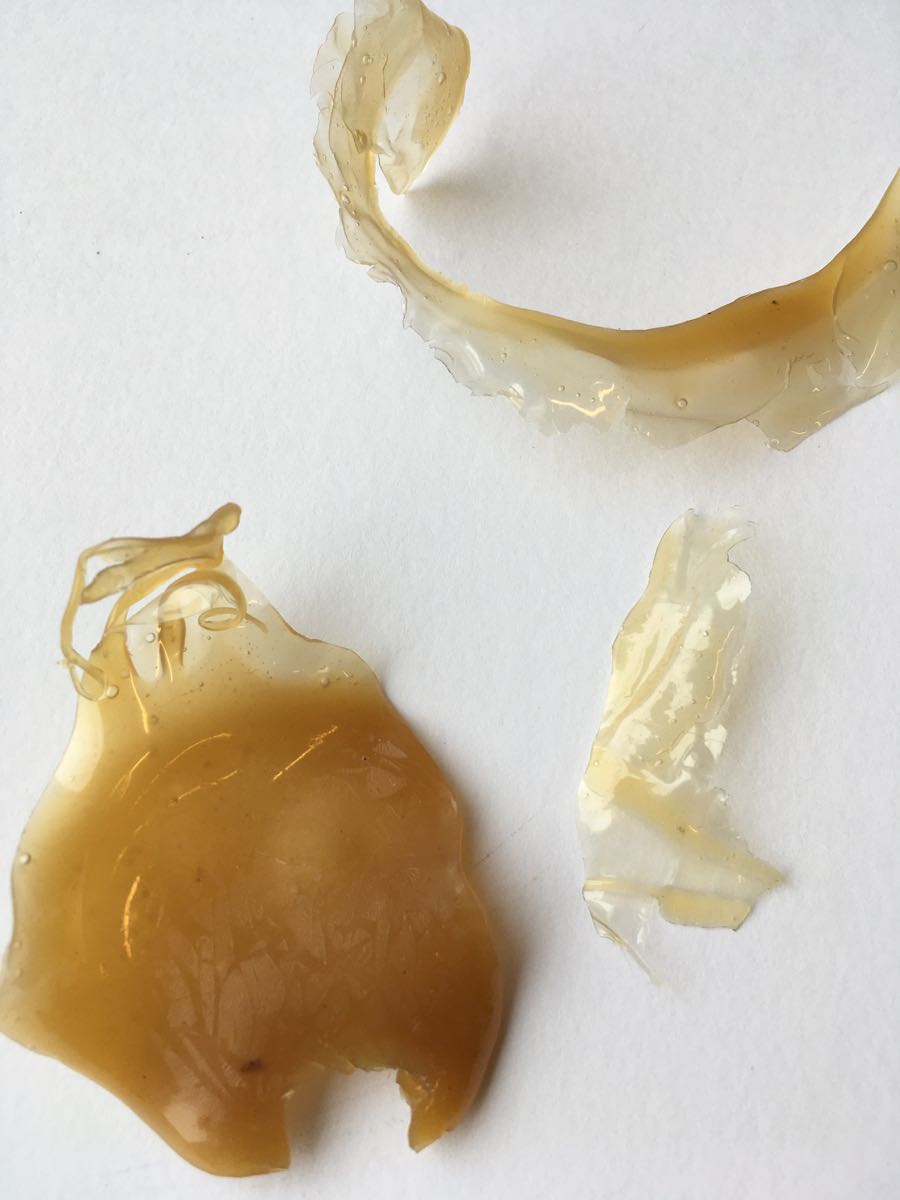
Before you start making a decoction of carrageenan, I would recommend that you have your equipment in order. I have, after some time and some experience, found an approach that works best for me. In the first decoctions I made, it was difficult to get a perfectly clear liquid, without too many small particles from the seaweed contaminating the liquid. If you have a liquid (binder) with tiny pieces of seaweed in it, you can easily use it. However, I am a bit of a perfectionist in some areas. Therefore, I have found a method that does not end up with very many small fragments in the binder.
Here is my list of what gear I use to make glue dye.
Beer brewer: Basically a large pot with a heating element at the bottom, for boiling the seaweed.
Apple press: To press the liquid/binder out of the seaweed, after boiling.
Say coarse: Used to filter out the larger particles during pressing.
Say fine: Used to filter out the smallest particles, so that you get an almost completely clear liquid/binder.
Stainless steel spatula: Used to stir around the beer brewer while boiling the seaweed.
Soup ladle: Used for due work during the process
Most people may not need to make large quantities at a time, so the above-mentioned remedies can easily be replaced with other types that have a similar function, and which you may already have for your disposal . The most important thing is to have a good filter of around 300-400 micro to avoid the mentioned small particles.
Procedure
Water is poured into the beer brewer and carrageenan is added afterwards. While the water is heating up to the boiling point, you must remember to stir the mass, otherwise it will burn, just like a sauce. The seaweed should simmer for approx. 10 minutes, and remember to still stir the pan. After 10 minutes, switch off the pot, and you must now start filtering the liquid/binder. As mentioned, I use an apple squeezer, in that way I get the greatest possible yield. I put the "coarse" net sieve into the apple press and fill it up with the warm seaweed mass. It’s important that the filtering process takes place while the mass is still warm, as it is much easier to process the seaweed when it is heated and at the same time the yield is greater. It can be a bit warm though, so I would recommend a pair of good gloves that are suitable for the purpose, if you have them.
The net sieve is closed at the top, and the pressing of the seaweed mass can now begin. The piston in the juicer is lowered and the liquid begins to flow out of the drain tap on the juicer. The liquid now flows down into the fine mesh strainer, which has been placed under the tap. The sieve ensures that the smallest particles are filtered out. Finally, the liquid ends up in a container. Here it just needs to cool down and is then ready for use. The fine net sieve must be cleaned/rinsed with water after each pressing, as otherwise it will clog, which means that the liquid takes a very long time to flow through.
If larger quantities are to be made, the coarse net sieve is emptied after each pressing, and new kelp mass is filled in, and so on until all the kelp has been run through the press. There will be some seaweed waste left over. It can be used as biowaste.
To make a traditional white glue paint, you use chalk - both as filler and pigment. You can, however, add a bit of titanium dioxide to get an opacity (covering ability). But the chalk itself covers pretty well, I'd say.
Indicative quantities, for 5 liters of white glue paint
Water: 2200g
Chalk: 4600g
Titanium dioxide: 100g
Carrageenan decoction: 800g
Chalk, water and possibly a little titanium dioxide stands and draws in a bucket overnight. The next day, you can then stir it together with the carrageenan binder that you have boiled. Carrageenan lowers the surface tension of the water, and therefore the mass thins out instead of thickening. It gives a watery paint, which should ideally be brushed on, as the paint is not suitable for rolling on due to the low viscosity. As I said, it is most suitable for ceilings, because it is not very hard on the surface in terms of wear.
Color pigments can be added if desired. However, it will only be possible to make pastel colours, as the base is white.
If you have a surplus of your carrageenan decoction, you can advantageously freeze it until you need it again.
I hope my description has given some insight, and maybe some motivation to try it on your own.
BB
Related products
Carrageenan / Irish moss
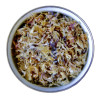
Chalk

Titanium White

Ultramarine
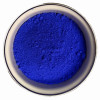
Oxide Yellow
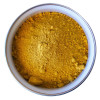
Light Oxide Red

Oxide Green

Share this content